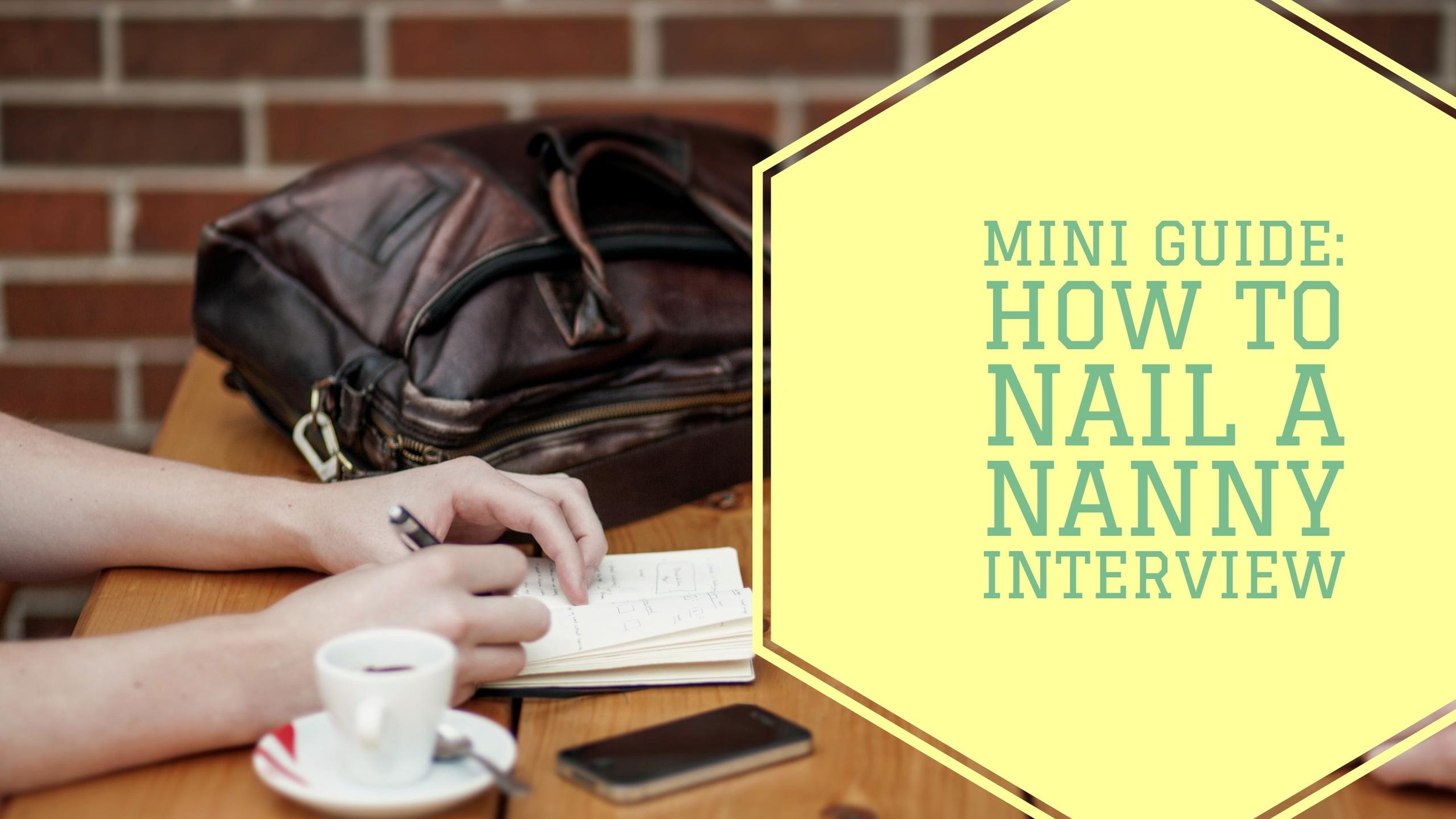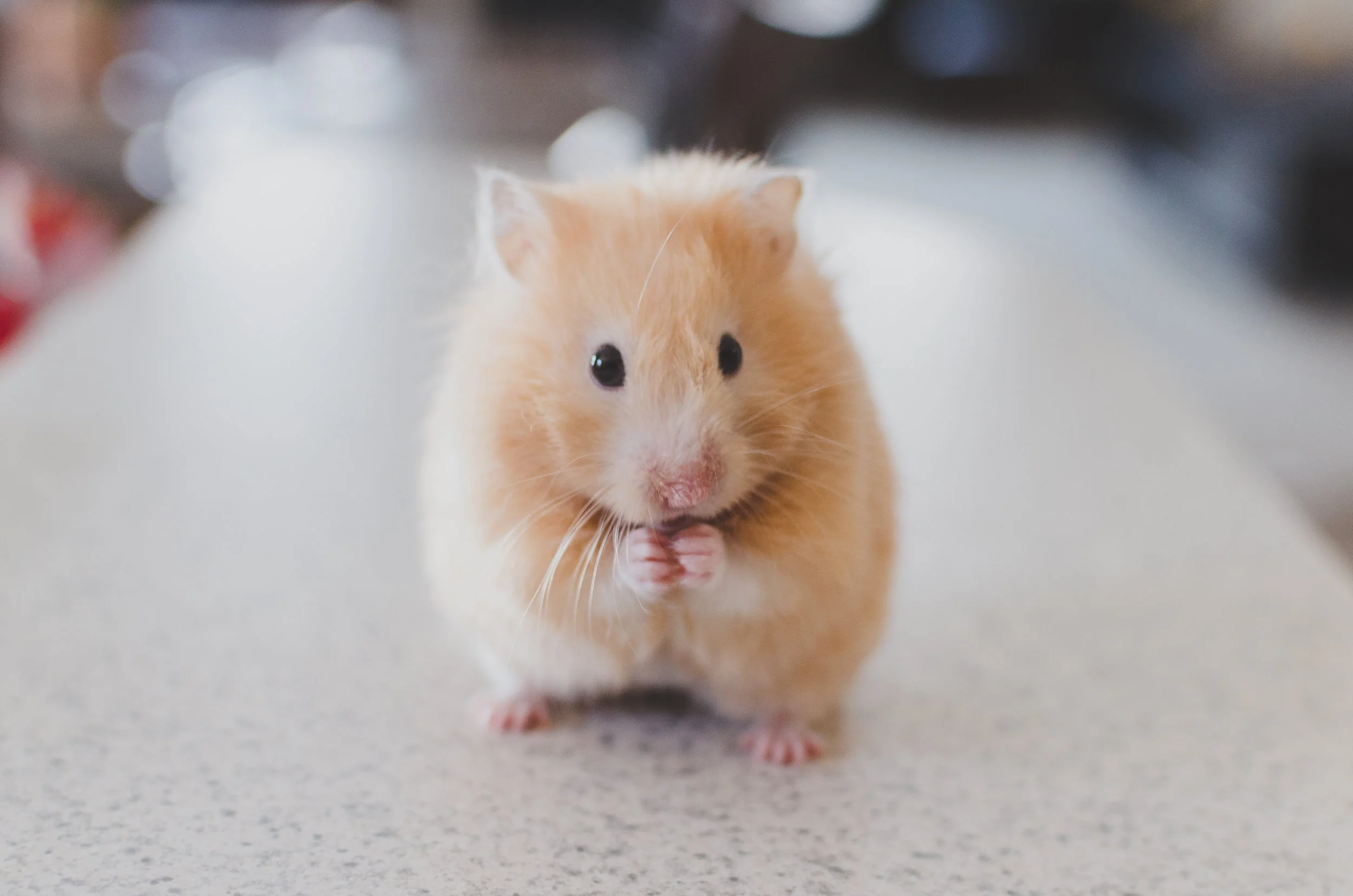Mini's Guide to Acing Your Nanny Interview
Congratulations! Your crisp resume with stellar experience, impeccably written cover letter, and admirable references have gotten you to the interview stage of the hiring process.
We don’t need to tell you that first impressions are everything when it comes to the job hunt. As a nanny, it’s even more important to present your very best as nannies care for the most important people in the parents’ lives in the intimacy of the family’s own home. Parents aren’t just going to let anyone into their private life, so coming across nurturing, trustworthy, and dependable is essential to nailing your nanny interview.
Behavioural type questions are the most common interviewing style in the childcare industry. Behavioural interviewing is based on the philosophy that your past actions and behaviours will be a good indicator of your future actions. Therefore, how you handled certain circumstances in your previous roles will be used as an indicator of how you might perform in your new job.
What are behavioural type questions?
Behavioural questions differ from standard interview questions as they focus more on emotional intelligence and social management from specific past experiences. For the interviewer, it will reveal whether you have the appropriate skills to fulfil the role successfully.
How to answer behavioural type questions:
The best method to answering behavioural type questions is with the STAR method.
Situation: The interviewer wants you to present a recent challenge.
Task: What did you have to achieve in this situation.
Action: How did you behave in that difficult situation. The interviewer will be looking for information on what you did, why you did it, and what the alternatives were for your actions.
Results: What were the outcomes of your actions? What did you achieve through your actions and did you meet your objectives? What did you learn from this experience and have you used this learning since? Are these results going to help with your role with the family as a nanny?
Pre-Interview Exercise using STAR method:
Write down between 5- 10 examples of your education, professional experience, community work, volunteering, etc. where you added value to the team in a positive way.
Now using the STAR format write out the Situation, Task, Action, and Result
Here’s a list of some behavioural style questions that you might want to read over and think about ways you can answer them:
•What have you done in the past to prevent a situation from becoming too stressful for you to handle?
• Describe a situation that required you to do a number of tasks at the same time. How did you prioritise?
•Tell me about a situation in which you have had to adjust to changes over which you had no control. How did you handle it?
•What obstacles or difficulties have you ever faced in communicating your ideas or concerns to parents/children?
•When was the last time you thought “outside the box” and how did you do it? Why?
•Give me an example of a time when you had to be quick in coming to a decision. What made it difficult for you?
•What, in your opinion, are the key ingredients in maintaining a work-personal life balance?
It’s important that you’re prepared to answer these types of questions with concrete answers and confidence. Your interviewer will be looking to see that you are quick with an intelligent answer and are capable of coming up with a relevant solution to their problems.
Body language
Body language is a form of nonverbal communication that oftentimes tell your interviewer more than your words can communicate. Your energy comes off from how you carry yourself, so make sure your energy exudes radiance, positivity, and confidence.
There are subtleties you can practice that are known to psychologically help you genuinely bring out that beautiful positive energy from your body language.
Posture:
If you're sitting like this, you're doing it wrong!
Keep your core contained and engaged, your ribcage turned inward, and your shoulders rolled back gently. Carrying your body with good posture in an interview lets your interviewer know that you are interested, alert, put-together, and confident.
Here’s a Huffington Post article on posture tips and tricks to work great posture into your everyday life.
Eye Contact:
Eyes can convey so much expression.
There are moments your close friends and loved ones can tell what’s on your mind by just a look. Locking eyes is a genuine form of communication as our eyes have so much to say. Eye contact with your interviewer demonstrates you are engaged with what they have to communicate.
Mirroring:
Mirroring is a non-verbal form of flatter.
The key here is in the subtleties-- you don’t want to come off looking crazy. Mirroring is a nonverbal form of flattery. It communicates that you and the interviewer are on the same page. It can make first impressions more comfortable for both of you. Mirroring posture, seating position, and facial expressions, and tone of voice are subtle forms of practice.
Body Spacing:
Don't be afraid to own up to some space. It will make you look more inviting and self-assured
As a general context, this has a lot to do with how much space your body is physically occupying. Taking up as much space as possible with arms wide and relaxed on a backrest of a sofa, legs stretched out and sprawling is an obnoxious way of carrying yourself as it portrays arrogance and laziness.
Taking as little space as possible: bad posture and crossed arms and legs will give off the impression that you are nervous, defensive, or have something to hide.
Try to be more conscious of how much space your body takes in your next social interactions and take note of others.
Follow up quickly
Keep it professional. These families are busy. Which is the reason they are looking to hire a nanny in the first place. Send them a handwritten thank you or at the very least, an e-mail expressing appreciation for their time to meet with you and send it promptly after the meeting.
Good luck on your interviews, nannies! Let us know if you have any nanny interview questions or tips that we can share in the nanny community.








